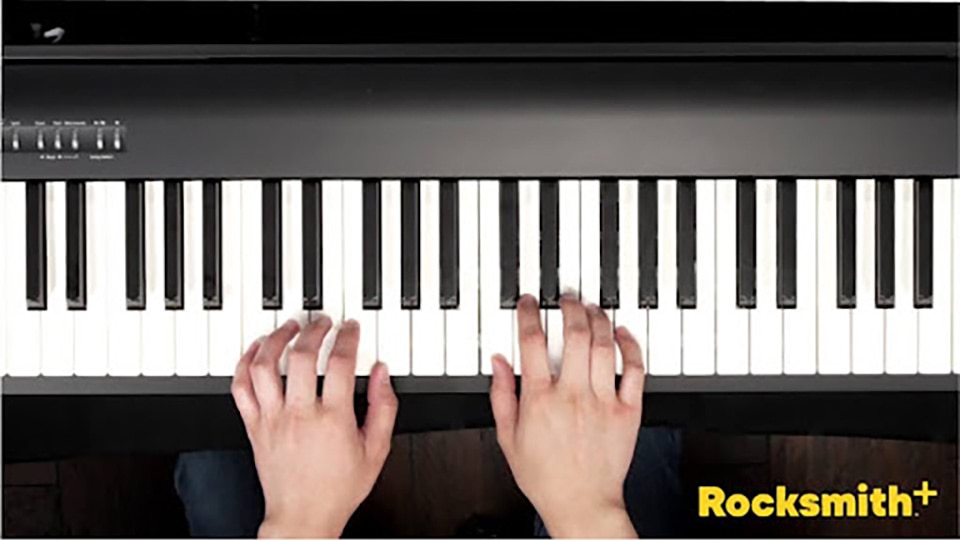Known for its straightforward structure without any sharps or flats, the C Major chord is often the first chord introduced to beginners. Its simplicity makes it an ideal starting point, and its significance in Western music means mastering it will help you open the door to playing a vast array of songs and compositions.
Today, this article will guide you through understanding and playing the C Major chord.
How To Familiarize Yourself with the Keyboard
![[RS+] How To Play C Major on Piano SEO ARTICLE - How To Familiarize Yourself with the Keyboard](http://staticctf.ubisoft.com/J3yJr34U2pZ2Ieem48Dwy9uqj5PNUQTn/3USmQfrFt2CBxJmo9SOoy4/ad44dcd6b996ad0de1c028f556ed9fc1/c2.png)
Before diving into the C Major chord, let's get familiar with the layout of a piano. At first glance, the black and white keys might seem intimidating, but there's a repetitive pattern that can help guide you.
A standard piano keyboard comprises 88 keys, including both white and black keys. These keys are organized in a repeating pattern of 12 keys: seven white and five black.
The Middle C key is your primary reference point --- Middle C is typically located near the center of your keyboard or piano. If you're sitting in front of a grand or upright piano, Middle C is the white key to the left of the group of two black keys closest to the middle of the keyboard. On smaller keyboards, it might be labeled as "C4."
What Are the Notes of the C Major Chord?
![[RS+] How To Play C Major on Piano SEO ARTICLE - What Are the Notes of the C Major Chord?](http://staticctf.ubisoft.com/J3yJr34U2pZ2Ieem48Dwy9uqj5PNUQTn/DFAAmdFdphqPLsOsxD8QW/da24cc85633df74c7778e15ff3f7970f/c3.jpg)
The C Major chord is made up of three distinct notes: C, E, and G.
What makes the C Major chord especially beginner-friendly is the absence of any sharps (#) or flats (♭). This means that when you play the C Major chord, you'll only be pressing down the white keys on the piano.
How To Play C Major With Your Right Hand
With proper posture and basic knowledge in place, it's time to play the C Major chord with your right hand.
![[RS+] How To Play C Major on Piano SEO ARTICLE - How To Play C Major With Your Right Hand](http://staticctf.ubisoft.com/J3yJr34U2pZ2Ieem48Dwy9uqj5PNUQTn/4QPJOVjZoKwz0DcYSAUC6q/dd54d71b5a33145555d7d438c5062ea2/c4.png)
Place your thumb (referred to as the 1st finger in piano terminology) on Middle C, and make sure your fingers are naturally aligned with the subsequent white keys.
Your finger position should be as follows:
- Place your thumb (1st finger) on C.
- Use your middle finger (3rd finger) to play E.
- Place your pinky (5th finger) on G.
How To Play C Major With Your Left Hand
![[RS+] How To Play C Major on Piano SEO ARTICLE - How To Play C Major With Your Left Hand](http://staticctf.ubisoft.com/J3yJr34U2pZ2Ieem48Dwy9uqj5PNUQTn/57k2d54z3ur0xLuJwGMVs6/0441faf70ec5124b2b04a95a77eb3093/c_5.jpg)
While the right hand starts with the C Major chord on Middle C and ascends through the higher keys, the left hand usually starts an octave lower and descends.
To play the C Major chord with your left hand, position your pinky (or the 5th finger) on the C below Middle C. Your finger placement should be as follows:
- Pinky (5th finger) on C.
- Middle (3rd finger) on E.
- Thumb (1st finger) on G.
Left-Hand Challenges
For many, using your left hand might feel less intuitive than using your right, especially if you're right-handed. It may be more difficult to keep your left hand agile at first, but keep in mind that patience and consistent practice is key for mastering this skill.
Incorporating Both Hands
Now that you've familiarized yourself with playing the C Major chord using each hand separately, let's talk both hands simultaneously. This step can seem a bit daunting --- but with time, it can become a seamless process.
To start learning how to incorporate both hands, place your fingers as follows:
- Right Hand: Thumb (1st finger) on Middle C.
- Left Hand: Pinky (5th finger) on the C note an octave below Middle C.
From here, start with both hands playing their respective C notes simultaneously. Progress note by note through the C Major chord, moving from C to E to G.
Start slowly and move at your own pace --- speed is not the goal at this stage; our goal is to get the coordination. The more you practice using both hands, the more natural it will start to feel, and the easier it will get as the movements become part of your muscle memory.
What Are Some Practice Tips for Learning the C Major Chord?
![[RS+] How To Play C Major on Piano SEO ARTICLE - What Are Some Practice Tips for Learning the C Major Chord?](http://staticctf.ubisoft.com/J3yJr34U2pZ2Ieem48Dwy9uqj5PNUQTn/4vgrud4h0ATPuC2IXOP3zS/4886c1c010c85e551a3b5502cc981b7f/c5.jpg)
Consistency is a crucial part of the process when learning a new instrument or skill. The following tips and tricks can help structure your practice sessions and ensure steady progress:
-
Daily Practice: Even if it's just for a few minutes, daily engagement reinforces learning and strengthens muscle memory.
-
Use a Metronome: This device helps maintain a consistent rhythm. Start slow, and as you gain confidence, increase the tempo.
-
Break It Down: If you're struggling with a particular section, break it down. Practice that specific part repeatedly until you feel comfortable. A great way to do that is with the Riff Repeater in Rocksmith+. This practice tool will let you select specific phrases of songs and replay them at your preferred speed and difficulty. With real-time note detection, you'll be able to track your accuracy as you play and monitor your progress.
-
Stay Relaxed: Ensure you're relaxed while playing, especially your hands and shoulders. Tension can hinder movement and lead to strain. Check out the Posture and Technique lesson video in Rocksmith+ for more information on how to stay relaxed with proper form.
-
Set Short Goals: Rather than attempting everything at once, set small, achievable goals for each session. Celebrate when you meet them! Start with simple chords, and explore new techniques each time.
Remember, the journey of mastering the piano is a marathon, not a sprint. It's less about reaching a destination and more about enjoying the music you create along the way.
The Next Steps in Your Piano Journey
Mastering the C Major chord on the piano can help you unlock a door to a universe of musical possibilities. While it's a beginner's step, the discipline, patience, and joy you derive from this foundation will propel you deeper into the musical journey.
Relish each note, cherish the progress, and, above all, enjoy the beautiful process of making music. With Rocksmith+, you can pair your piano practice with guitar and accelerate your music journey. Your exploration has only just begun --- the melodies ahead are boundless.
Sources:
Sharps and Flats | Music Theory Academy









